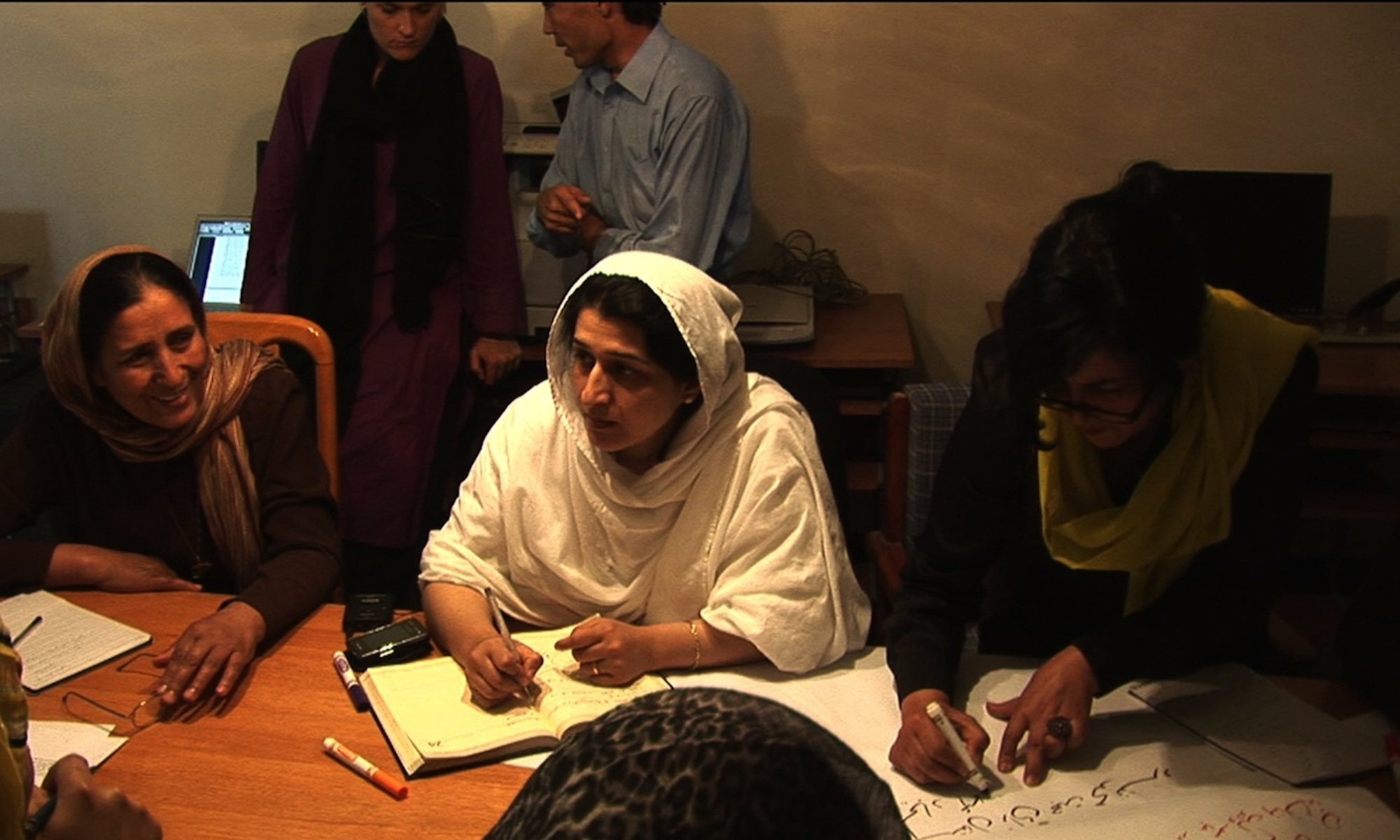This article examines the political geography of state building in contemporary sub-Saharan Africa. The absence of interstate war has produced a unique situation for contemporary state builders in Africa; they have inherited states with relatively fixed borders encapsulating a variety of environmental and geographic conditions, compounded by varying distributions of population densities. The author examines the effects of a variety of strategies that African rulers have employed to enhance their state-building efforts given the type of national design they inhabit. These strategies include the allocation of citizenship, interventions in land tenure patterns, and the adoption and management of national currencies. The author tests the effects of these strategies on several dimensions of state capacity in sub-Saharan Africa from 1960 to 2004 using a variety of statistical analyses. The results indicate that the strategies currently adopted by African rulers have generally failed to substantially augment their capacity.

INSCT Postconflict Research Database
The Institute for National Security and Counterterrorism's Postconflict Research Database & Analysis Project stores cross-indexed bibliographic information on hundreds of journal articles, books, book chapters, and case reports that address the broad, interdisciplinary fields of postconflict reconstruction, stabilization, and peacebuilding.
34 Replies to “National Design and State Building in Sub-Saharan Africa”
Comments are closed.